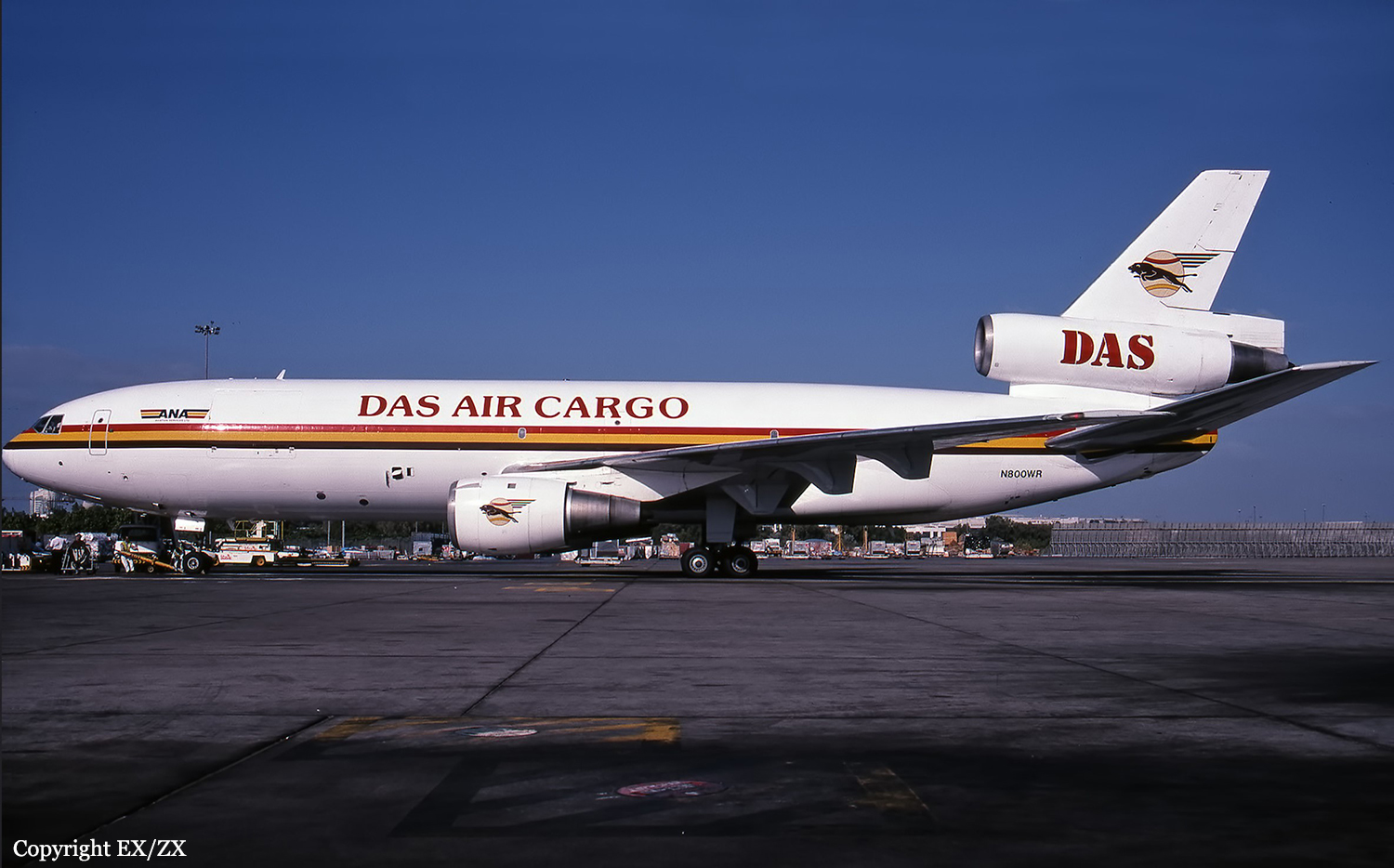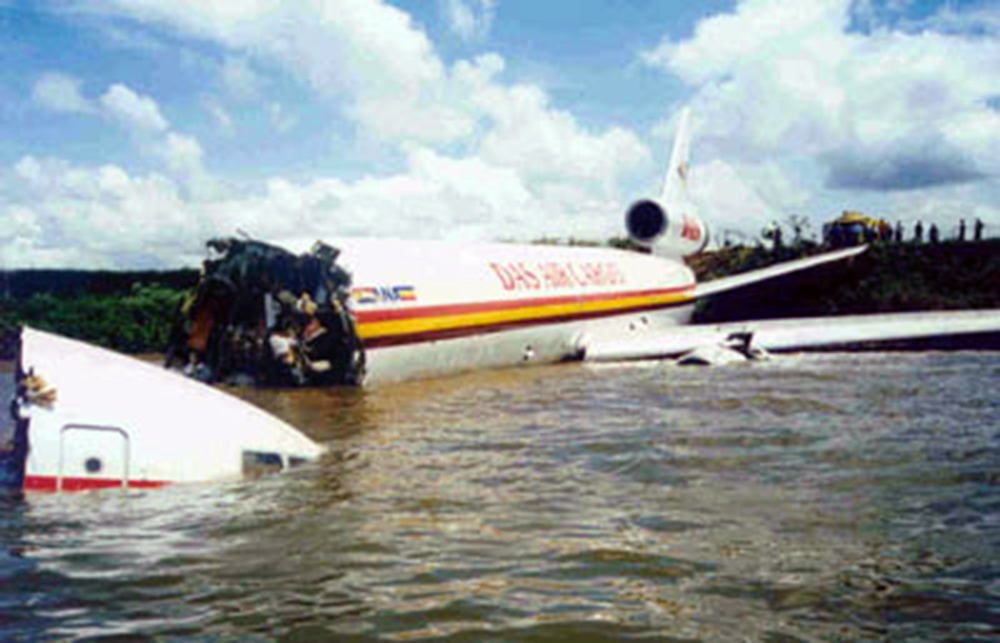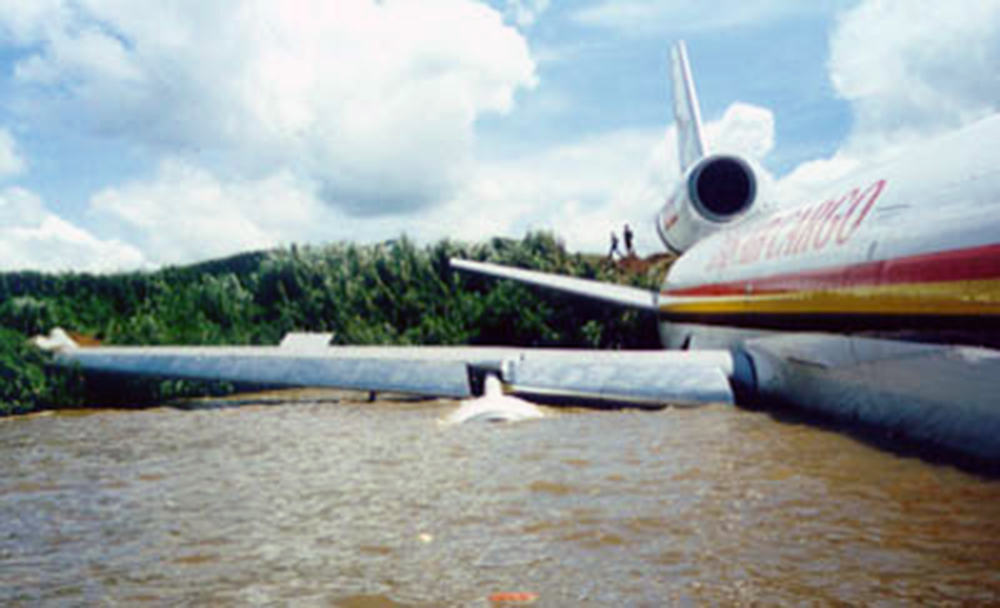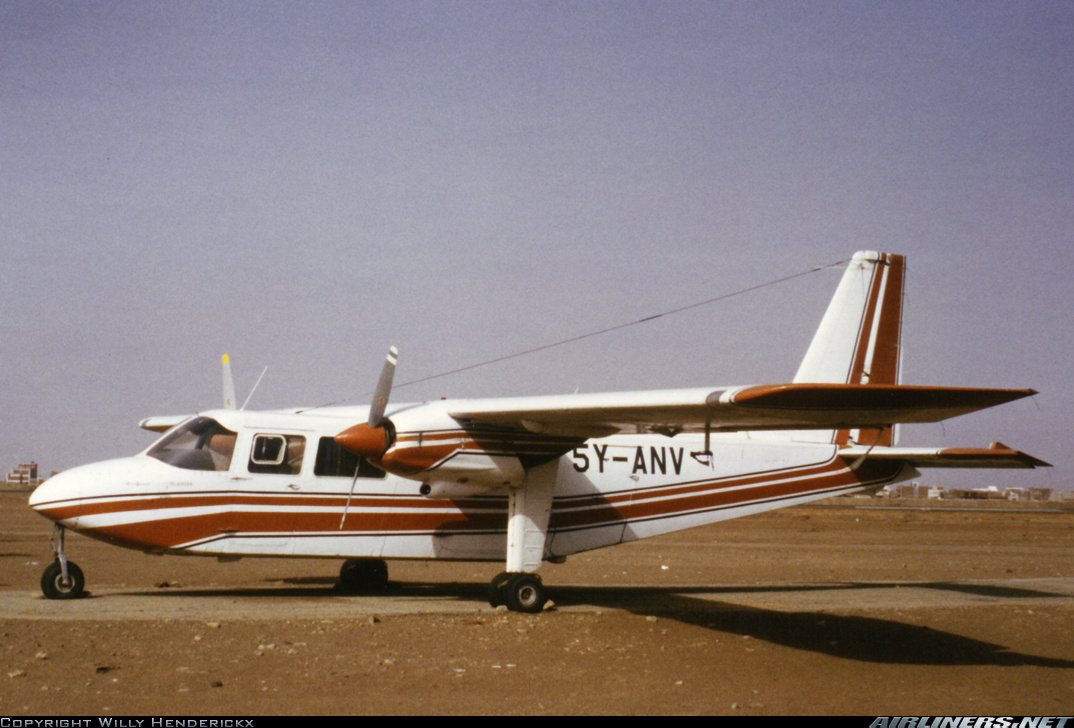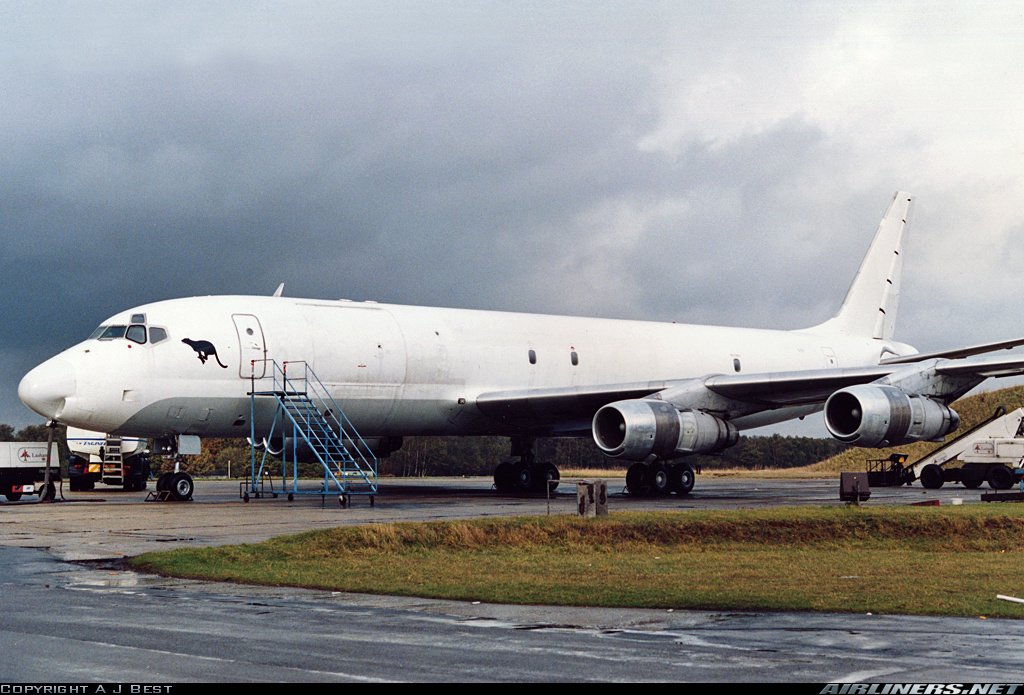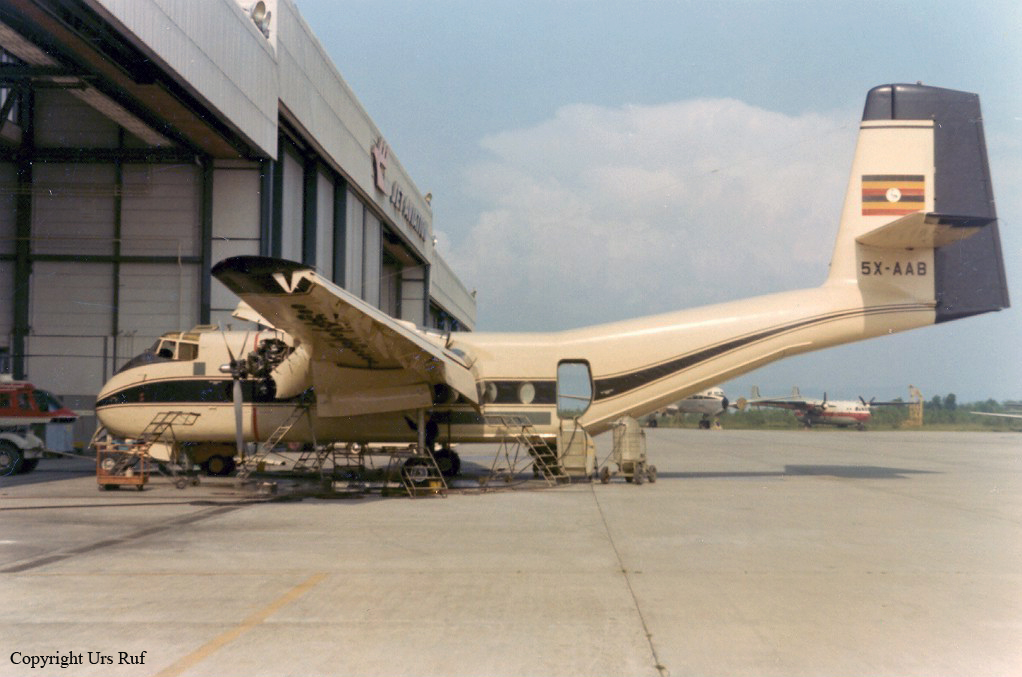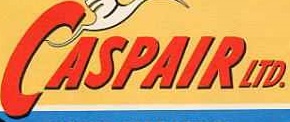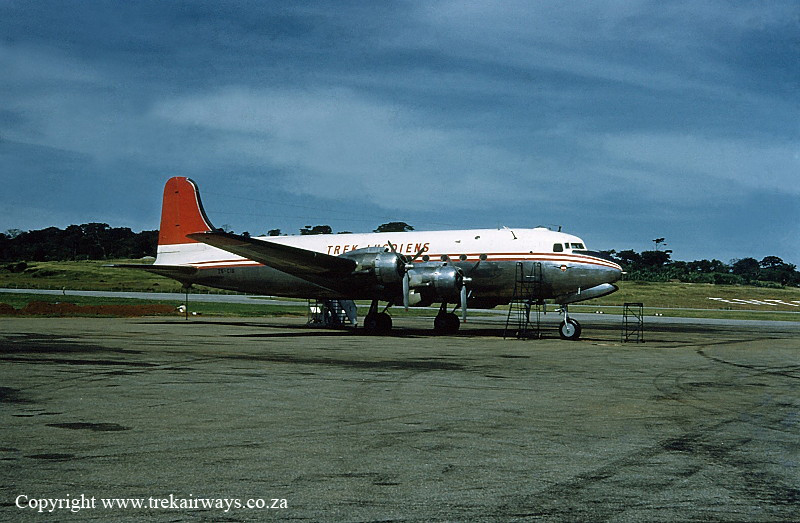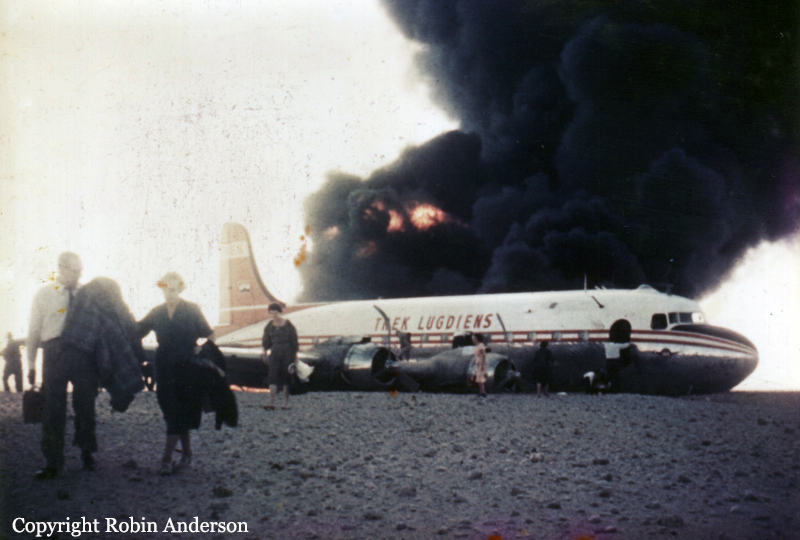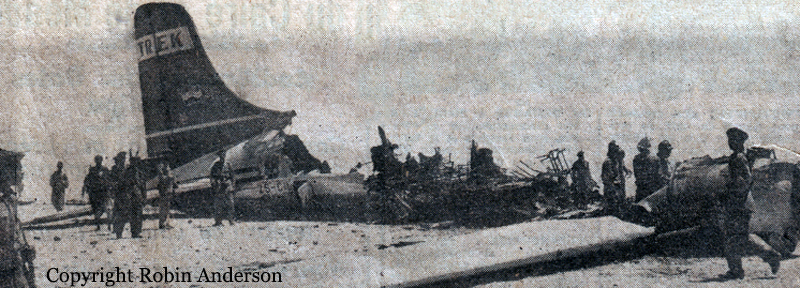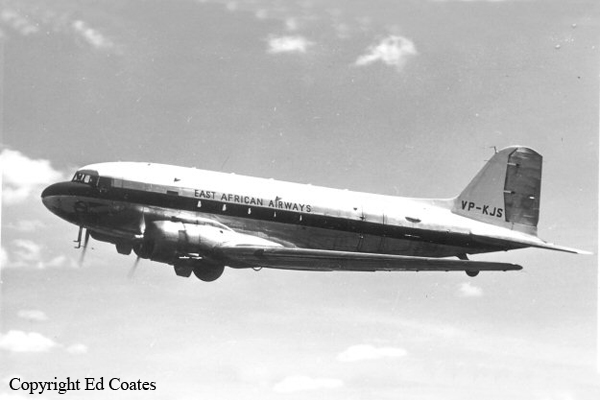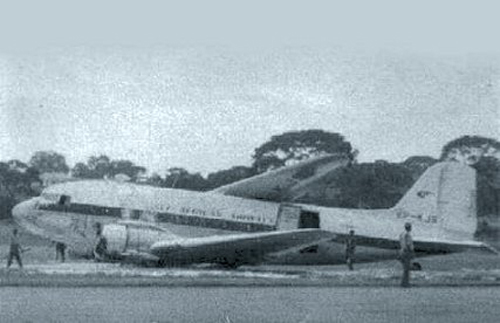Crash of a Douglas DC-10-30F in Entebbe
Date & Time:
Apr 30, 2000 at 0548 LT
Registration:
N800WR
Survivors:
Yes
Schedule:
London - Entebbe
MSN:
46955/228
YOM:
1976
Flight number:
DAZ405
Crew on board:
7
Crew fatalities:
Pax on board:
0
Pax fatalities:
Other fatalities:
Total fatalities:
0
Aircraft flight hours:
69000
Aircraft flight cycles:
20900
Circumstances:
The aircraft departed London-Gatwick Airport on a cargo flight to Entebbe, carrying seven crew members and a load of 50 tons of various goods. After landing by night on runway 17, the aircraft was unable to stop within the remaining distance (runway 17/35 is 12,000 feet long), overran and plunged in the Lake Victoria. The aircraft broke in two and all seven crew members were rescued 10 minutes later.
Probable cause:
On final approach, the aircraft was well above the glide and landed too far down a wet runway, about 4,000 - 5,000 feet past the runway threshold. It was reported that the nose gear landed 13 seconds after both main landing gears. The crew failed to initiate a go-around procedure.
